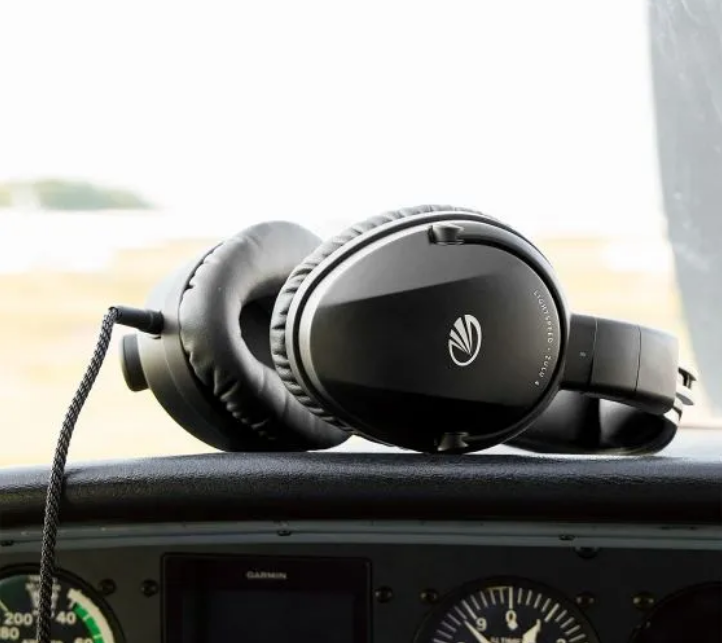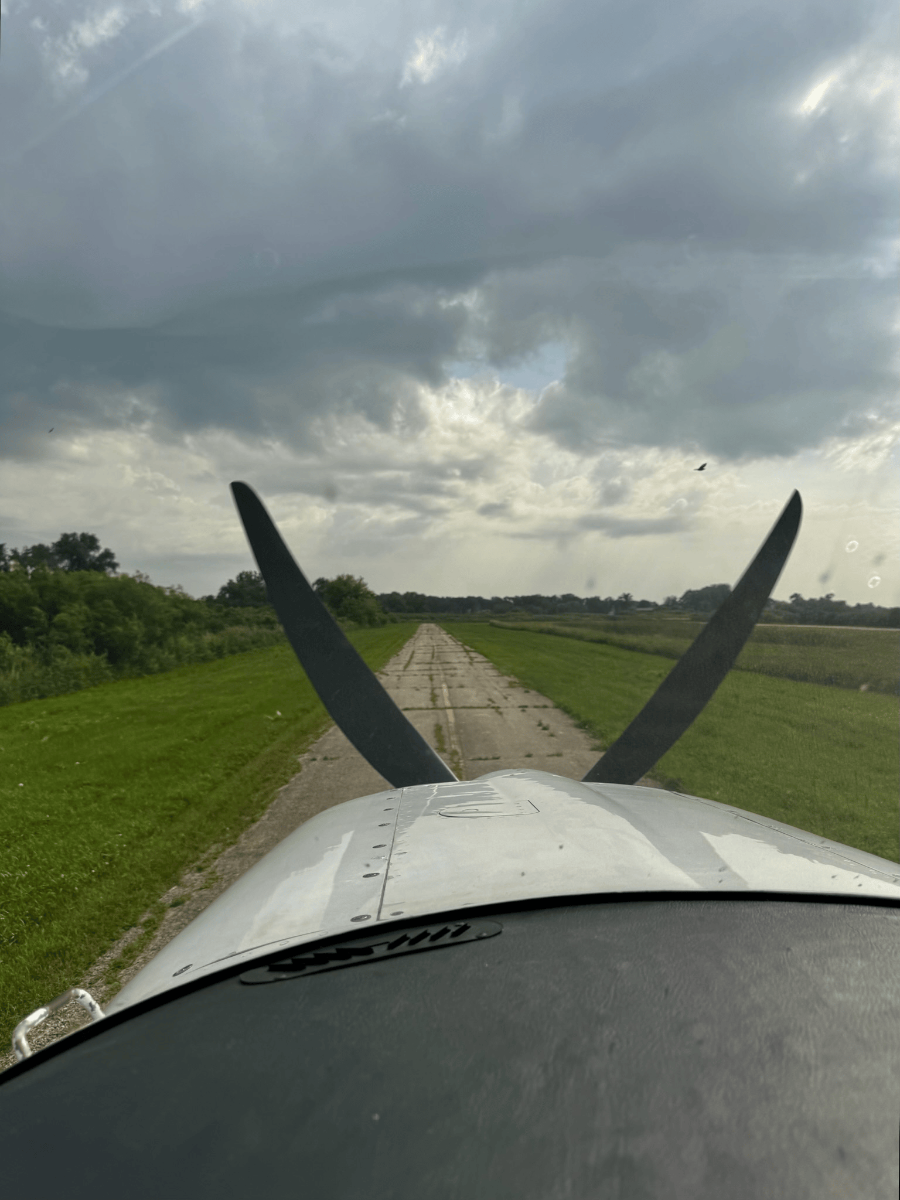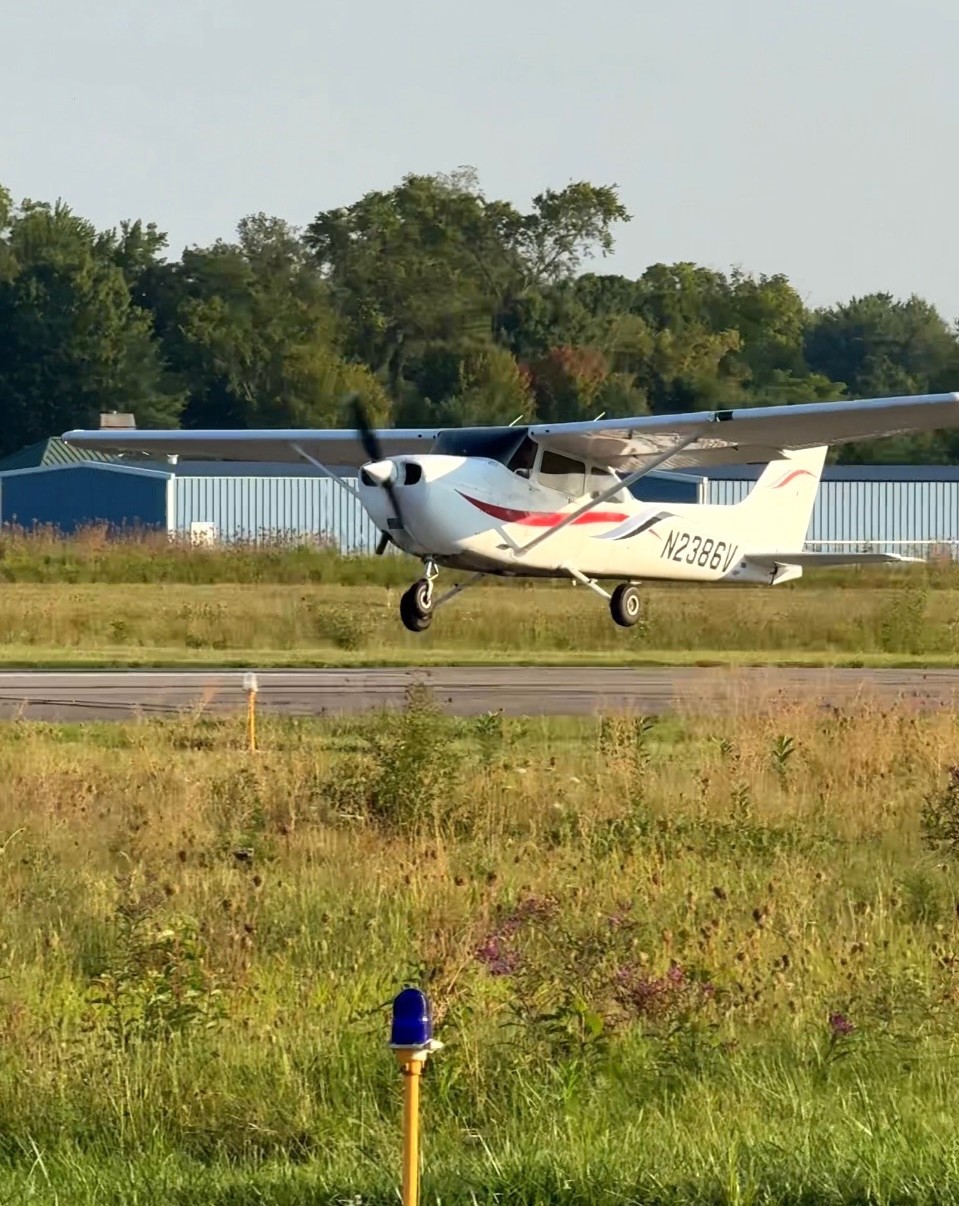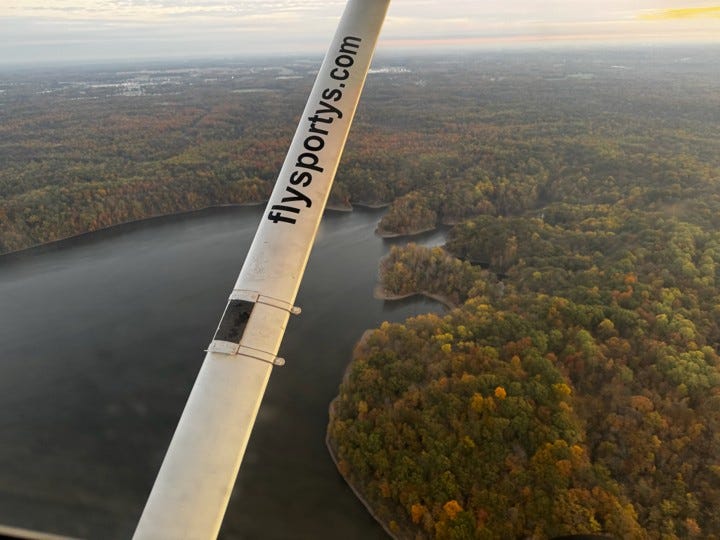If you fly regularly at a non-towered airport, radio calls quickly become second nature—a rhythm of position reports that helps everyone stay on the same page. But if you're used to the towered environment, the transition can feel a little disorienting, like you're flying blind. The good news? You’re not alone on frequency, and with a few key calls, you can confidently communicate your intentions and stay in sync and safe when operating with other traffic.
 1. Before taxiing
1. Before taxiing
“[Airport] traffic, Cessna 123, taxiing from the ramp to Runway 18, [Airport] traffic.”
2. Before taking the runway for departure (hold short/runup area)
“[Airport] traffic, Cessna 123 holding departing Runway 18, [Airport] traffic.”
Remember, line up and wait is a Tower (ATC) function and not something that should be done at a nontowered airport.
3. Departing the pattern
“[Airport] traffic, Cessna 123 departing the pattern to the south, [Airport] traffic.”
4. Approaching the airport (arrival)
“[Airport] traffic, Cessna 123, 5 miles south, will enter left downwind for Runway 18, [Airport] traffic.”
Make your inital call after first monitoring the frequency and 8-10 miles from the airport.
5. In the pattern
Call out each leg:
- Downwind: “Entering left downwind Runway 18”
- Base: “Turning left base Runway 18”
- Final: “Turning final Runway 18”
6. Clear of the runway
“[Airport] traffic, Cessna 123 clear of Runway 18, [Airport] traffic.”
Keep it clear, consistent, and courteous
Avoid unnecessary and nonstandard jargon or long narratives. Just hit who you are, where you are, and what you’re doing. Always say the airport name at the beginning and end of each transmission.
CFI Tip:
If you’re ever unsure what to say, just listen first. A quick scan of the frequency will often give you a good sense of who's in the pattern, which runway is in use, and what kind of traffic to expect.
For More Information.
Explore Advisory Circular (90-66), Non-Towered Airport Operations.






